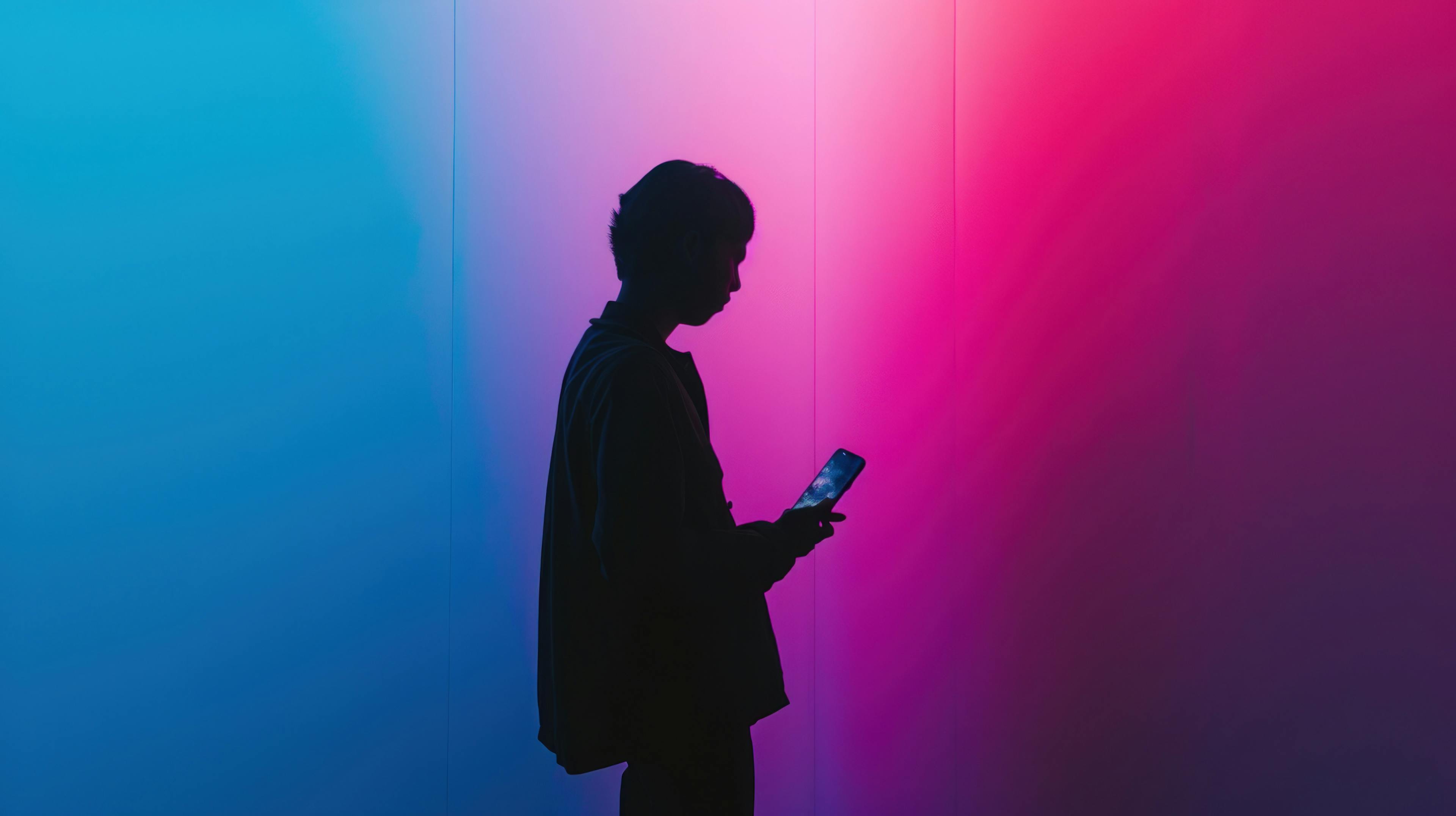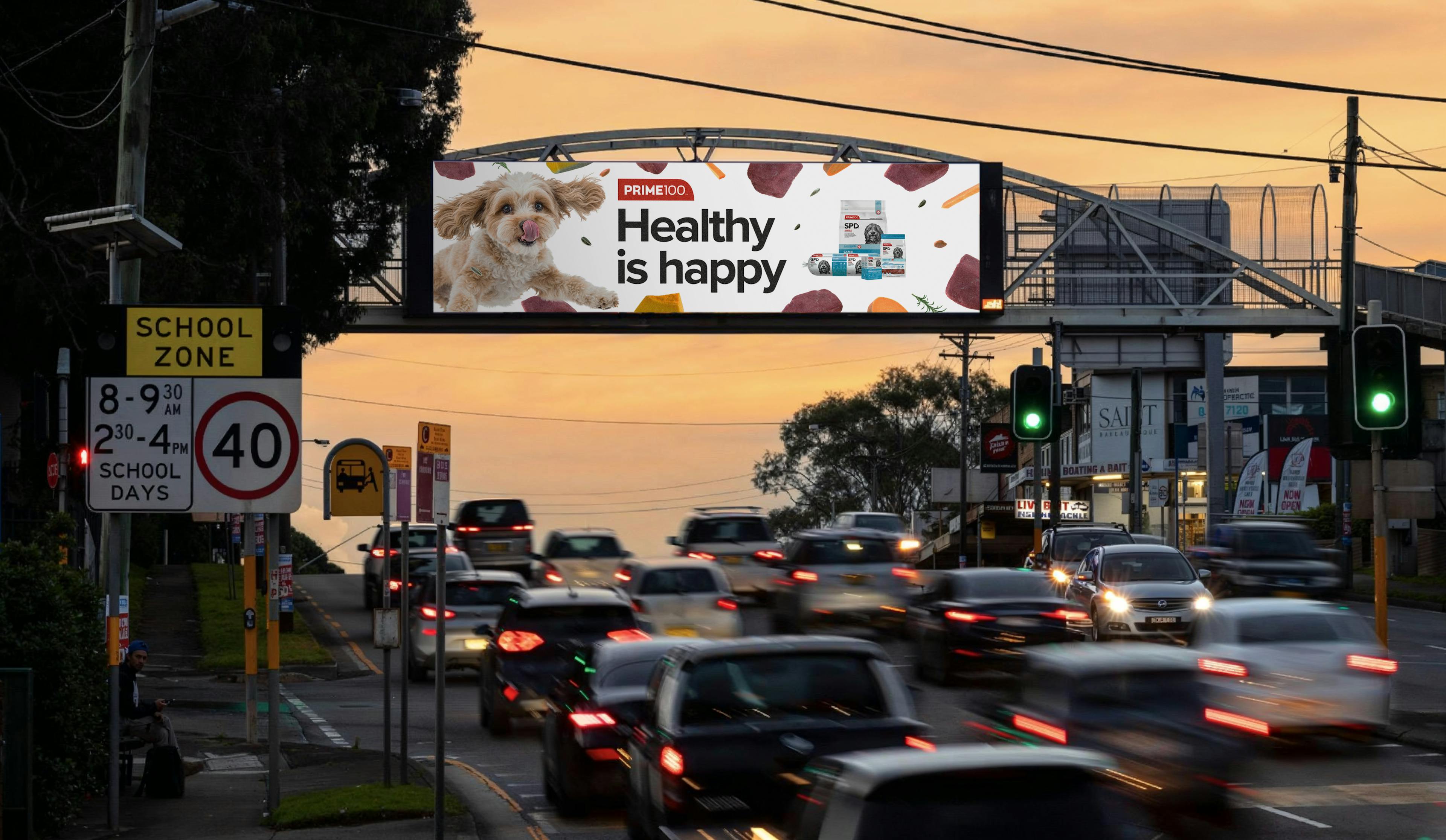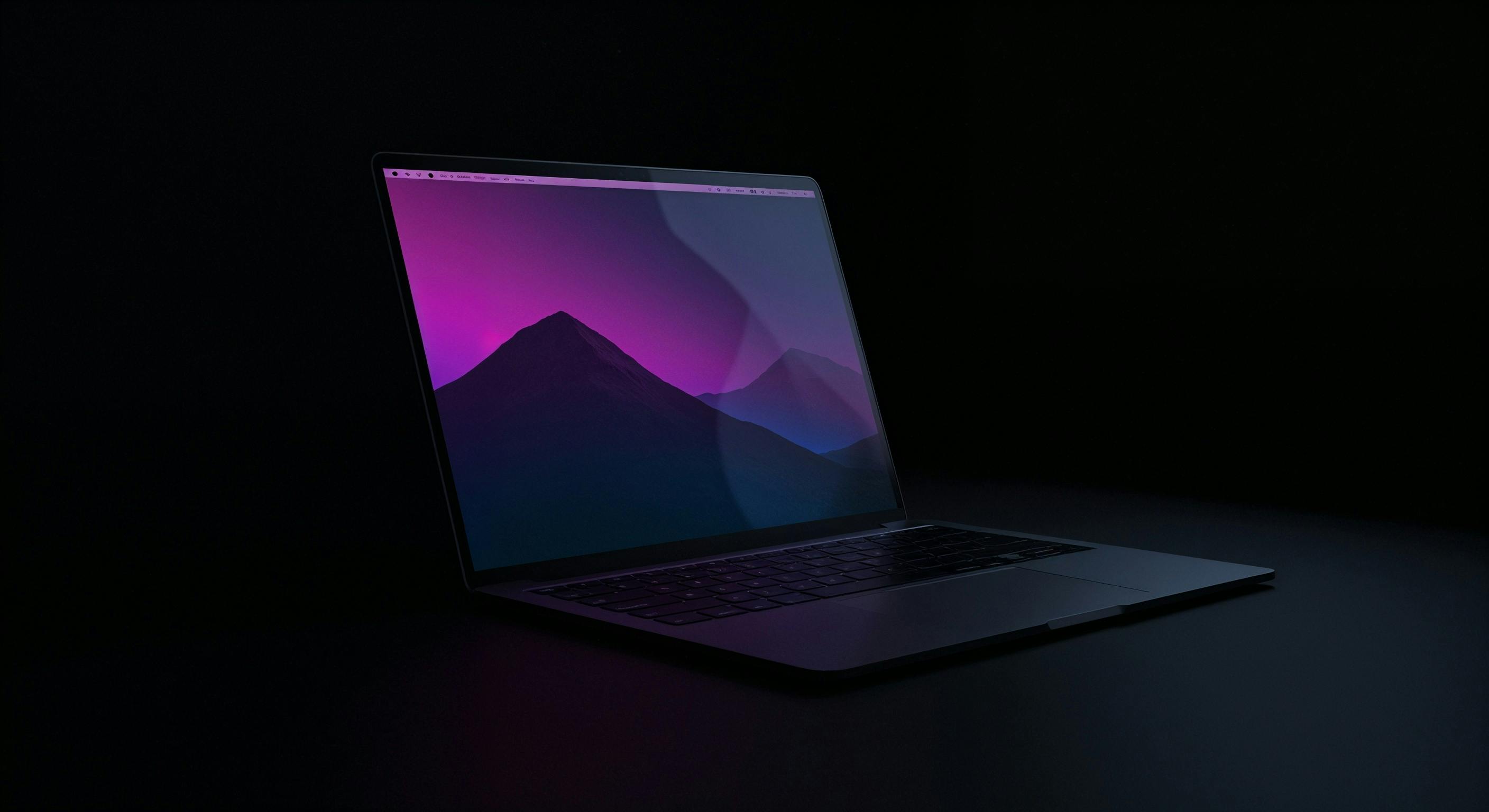
AI in advertising and why it’s a powerful tool in the right hands
AI in advertising and why it’s a powerful tool in the right hands
Technology

August 22, 2025
By Rob Bare
Link copied!
Since the internet exploded in the ’90s, few technologies have been as revolutionary as artificial intelligence (AI). Its impact is widespread and irrefutable, swiftly shaking up the way many industries operate.
And advertising is no exception. It’s here, it’s profound, and it’s changing the way businesses and their agencies strategise, create, and connect with audiences.
So, the question isn’t whether AI can help your business’s advertising — it definitely can. The question is, are your AI tools in expert hands?
Because while AI is powerful, it’s not exactly a plug-and-play solution. Agencies aren’t simply using AI to work faster or cut corners. Some of them are using it well. They know where it adds value, where it falls short, and where human expertise is essential.
Let’s explore how AI is being used in advertising today, how agencies are making the most of it for their clients, and where it’s headed next.
1. AI in media and personalisation
Success in advertising comes down to hitting the right audience with the right message at the right time. AI is making that more achievable by helping brands buy media more efficiently, predict consumer behaviour, and personalise experiences in ways that weren’t even possible just a few years ago.
Anna Kertesz, Guerrilla’s Managing Director, says, “AI is doing a lot more than optimising campaigns. It’s predicting what comes next. Forecasting, modelling and content personalisation are where the biggest opportunities lie.”
Despite this, it still takes an expert behind the wheel to steer AI in the right direction, provide context, and make sure outputs are reliable and don’t hallucinate.
“The brands getting it right know exactly what data counts. They're using AI to find efficiencies, sure, but they're also uncovering personalisation opportunities that maximise impact across the marketing journey. They’re connecting the dots across media, content and creative, producing campaigns that adapt and deliver.”
So, what exactly can AI do in media? The list is long enough to warrant an article of its own, but let’s touch on some of the ways it’s being used.
Media buying
AI is changing the way advertisers buy and place ads. It optimises bids, adjusts placements, and continuously reviews performance to ensure ad spend is working as hard as possible.
One of the biggest shifts has been in programmatic advertising, where AI automates the buying and selling of ad space across digital platforms. Instead of media buyers manually selecting placements, AI-driven systems can bid on ad inventory in real-time, shifting budgets and optimising targeting on the go.
For example, AI can:
- Allocate and adjust budgets dynamically
- Refine audience targeting
- Optimise cross-channel media spend
- Automate A/B testing
- Model media mix based on historic performance, goals and spend

AI generated
Personalised ads and content
People are more likely to engage with content that feels tailored to them, but there’s a thin line between helpful and invasive. AI is helping brands strike that balance, delivering highly personalised messaging, ads and experiences that feel pertinent.
Take a travel booking service, for example. A regular traveller who just booked a business-class flight to London might receive an email suggesting premium airport lounges, local dining recommendations, or an upgrade offer for their return trip. AI powers their personalised experience by tracking user behaviour, analysing preferences, and anticipating what will resonate next.
AI can:
- Tweak ad creative based on user behaviour
- Analyse competitor ad strategies
- Personalise messages using past interactions, search history, and preferences
- Tailor emails and website content to individual journeys
- Study unstructured data (like social media or reviews) to refine messaging
- Predict future behaviour to target ads proactively
Predict what audiences want
AI spots patterns in data, joins the dots, and predicts what’s coming next. That means brands don’t always have to wait for consumer behaviour to change before adapting their strategy. AI can help them stay one step ahead.
AI helps advertisers to:
- Forecast trends and spot shifts in consumer preferences before they peak
- Test and refine ads, predicting performance before launch
- Identify disengaged audiences for targeted retention
- Hone audience segmentation, recognising patterns and adjusting targeting
Testing and optimising ads
AI can also take the guesswork out of what’s working and what’s not, helping brands test, tweak and optimise ads as campaigns run instead of waiting for a post-campaign review.
How? Some ways include:
- Pre-testing creative assets with AI to gauge the effectiveness of visual elements and copy
- Testing ads with virtual AI audiences that emulate expected performance
- Generating ad variations instantly, testing different approaches
- Running A/B tests at scale, analysing engagement to find what’s resonating
- Optimising creative performance by constantly refining ad creative or placements based on data

2. AI as a creative partner
By now, you’ve probably scrolled past AI-generated creative and recognised it instantly. The AI-generated influencer who moves and speaks like a real person, but something’s a bit off. The questionable ad voiceover that sounds suspiciously similar to a Hollywood star. The endless string of ChatGPT-style captions, chock-full of buzzwords and rocket emojis.
It’s true that a fair chunk of AI-generated ad creative is obvious, stiff, or inauthentic. And it’s even more noticeable now that it’s everywhere. Already, audiences are growing tired of it. But AI isn’t always the problem. The issue is in the approach.
Creative experts know where AI best serves as a tool for inspiration, insight, or production. They know where it adds value, or where it falls flat — where it’s appropriate, and where it’s not. They know their craft and their audience, and at the end of the day, that’s what it comes down to when working effectively with AI.
“AI can generate or manipulate every creative medium, from voice to video and beyond. But creating something that’s good relies on a creative’s ability to control and orchestrate these tools effectively enough to realise that great idea,” says Rob Bare, Strategy Director at Guerrilla.
And as AI capabilities grow, so do expectations. “Tomorrow’s creative professionals will be expected to have more skills than ever before as the creative bar moves even higher,” he says.
But how are experts actually using AI in the creative process? A few examples include:
- Research & trend analysis – AI can scan massive amounts of industry data, consumer insights, and cultural trends in seconds, helping brands identify gaps, opportunities and creative directions before they peak.
- Brainstorming & ideation – AI can quickly suggest unexpected angles, generate word associations, or structure rough ideas, giving creative teams a head start instead of a blank page.
- Imagery & design – Rather than relying on generic stock photos, AI can generate unique, brand-aligned visuals that can feel more original and engaging.
- Quick concepting across mediums – AI can speed up early creative development, helping teams prototype visuals, soundtracks, and voiceovers before committing to full production.
- Voiceover, music, & sound design – Brands can also now produce quick-turnaround radio ads, podcast snippets, and educational content (just to name a few) without needing big budgets or full studio sessions.
- Content creation & storytelling – From editing content clips into engaging videos to creating AI-generated UGC creators, brands are using AI to create a variety of content types that entertain, educate or connect with different audiences.
- UX/UI design – AI can generate wireframes, analyse user behaviour, and more, helping brands refine website experiences faster and more effectively.

AI-driven systems can bid on ad inventory in real-time
Writing is another key area where AI proves its value.
For businesses without in-house copywriters, AI has been a godsend. Drafting advertorials, EDMs, paid social copy, and everything in between can be creatively daunting, not to mention time-intensive, making AI a valuable tool to lean into.
But without a skilled writer shaping the output, AI-generated copy can sound generic, lack clarity, and blend into the sea of hackneyed content flooding the internet.
“Preparation is key to avoiding that,” says Liana Anderson, Guerrilla’s Senior Content Specialist.
“Ideally, you need a clearly defined brand voice and samples to reference as your source of truth. Prepare prompts to keep on file, tailor them, give context, and always specify your audience, channel, and purpose. Otherwise, AI can veer off-track pretty quickly.”
For business-as-usual tasks, this prep work can help you customise and train your AI tool to produce more consistent, on-brand copy.
Yet, when it comes to high-stakes creative copy like headlines, TVC scripts, or anything that really needs to sound human, AI alone won’t cut it. That’s where your agency’s copywriters come in. They’ll wordsmith from scratch or help you refine AI-generated copy into something more authentic.
How copywriters are tapping into AI for advertising:
- Brainstorming & wordplay – For bouncing around ideas, and exploring different styles, words or phrases.
- Research & audience insights – Analysing trends and consumer behaviour to inform messaging.
- Drafting outlines – Creating rough ad copy that writers can then refine, rework, and polish.
- Proofing & grammar checks – Spotting errors, checking word count, and tightening phrasing.
- Personalisation & localisation – Adapting messaging for different audiences and regions.
- SEO optimisation – Refining copy to improve search rankings without sacrificing readability.
- Reformatting content quickly – Repurposing copy across platforms and formats.
- Conversational scripts – Assisting with chatbot and voice assistant dialogue for a more natural feel.
- Breaking writer’s block – Offering prompts and suggestions to jumpstart creativity.
3. Saving time, reducing costs, and working smarter
AI doesn’t only help save time with media buying and creative work. It’s also making quite the impact behind the scenes, helping agencies work more efficiently, cut down on manual tasks, and free up time for big-picture thinking.
What’s more, it’s making a difference across social media, website development, and account management. And with new AI tools constantly emerging and agencies finding smart ways to use them, their clients reap the rewards, too — whether that’s through faster turnarounds, reduced costs, or improved ROI.
For example:
- Client & account management – AI can help with task automation, drafting email responses quickly, and take detailed notes during meetings.
- Social media & influencer marketing – AI tools assist with scheduling, analytics, trend spotting, community management, and even recommending the right influencers for a campaign.
- Website development – AI can improve coding velocity and quality, automate time-consuming technical tasks, as well as web development workflows from design through to development.
- Chatbots & customer service – Agencies are configuring AI chatbots for their clients to reference brand and business information for a variety of applications, like addressing customer FAQs.
What's next for AI in advertising?
AI tools aren’t standing still. They’re constantly being improved and advanced, and new AI tools are emerging daily. Yet, as AI gets better or more prolific, the conversation isn’t just about what it can do in advertising.
Brands and agencies are facing big questions around ethics, originality and responsible use. It’s no longer just about using AI to speed things up, but ensuring it’s applied strategically, transparently and with professional oversight.
Some shifts ahead to watch out for:
- Ethical AI use – More focus on transparency, content ownership and avoiding misleading or low-quality AI outputs.
- Smarter AI models – Constant improvements are making AI more sophisticated, but also raising new challenges around trust and security.
- Human oversight is crucial – AI is here to help, but originality, insight and human perspective still lead the way.
Here at Guerrilla, we don’t see AI as a shortcut, villain or substitute for human expertise. We see it as an enabler. A tool that, when used by specialists, can deliver even greater outcomes for clients than previously possible.
If you’re curious about harnessing AI in your advertising, let’s chat.
Link copied!


